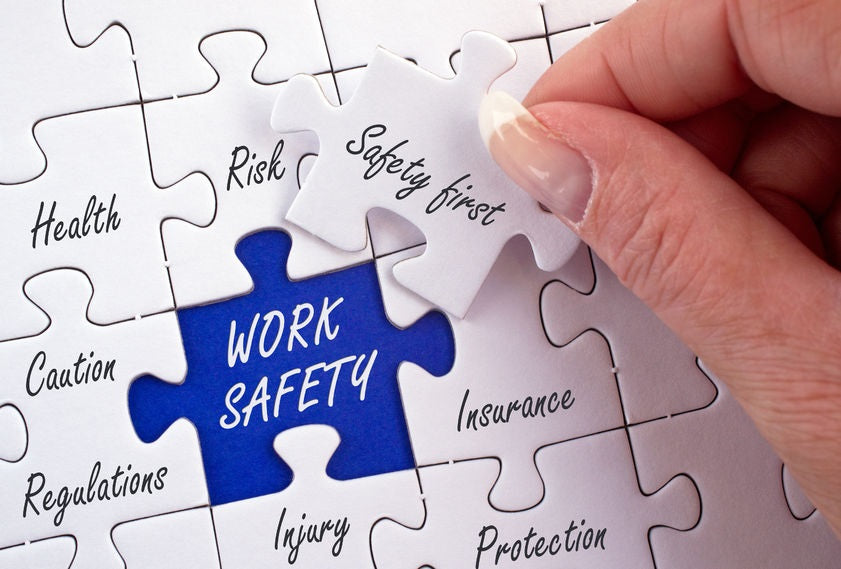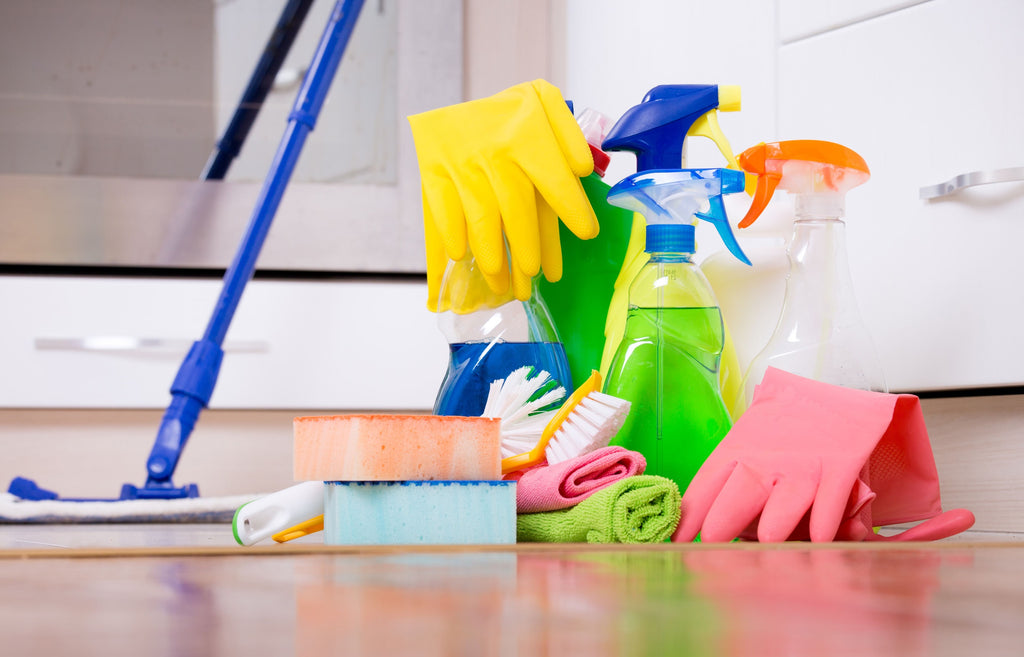By: Selena Belisle, Owner/Instructor CE Institute LLC, Miami FL
A pandemic is a widespread occurrence of an infectious disease (usually across a large region, multiple continents, or worldwide) for a particular period of time. Here is a partial list of pandemic examples throughout history:
- 14th Century: The Black Death aka “The Plague”: It killed an estimated 75-200 million people worldwide.
-
1918 Influenza Pandemic aka “The Spanish Flu” (H1N1 virus) [i]: It is estimated that about 500 million people or one-third of the world’s population became infected with this virus. The number of deaths was estimated to be at least 50 million worldwide with about 675,000 occurring in the United States.
The 1918 Influenza Pandemic mortality was high in people younger than 5 years old, 20-40 years old, and 65+ years old. The high mortality in healthy people, including those in the 20-40 year age group, was a unique feature of this pandemic. In 1918, there were no flu vaccines and limited pharmaceuticals to treat secondary bacterial infections. As such, worldwide control of this 1918 pandemic was limited to non-pharmaceutical interventions such as isolation, quarantine, good personal hygiene, use of disinfectants, and limitations of public gatherings. Interestingly enough, today in 2020, we are still applying similar control measures that were used 100 years ago during the Influenza Pandemic to prevent the spread of COVID-19.
-
1957-1958 Pandemic aka “Asian Flu” (H2N2 virus) [ii]: In February 1957, a new influenza A (H2N2) virus emerged in East Asia, triggering a pandemic (“Asian Flu”). It was first reported in Singapore in February 1957, Hong Kong in April 1957, and in coastal cities in the United States in summer 1957. The estimated number of deaths was 1.1 million worldwide and 116,000 in the United States.
- 2009 H1N1 Pandemic aka “Swine Flu” or “2009 Novel Influenza A” (Influenza A (H1N1)pdm09 virus)[iii]: The 2009 H1N1 flu was regularly referred to as the “Swine Flu”. It was called Swine Flu because the people who caught it had direct contact with pigs. The “Swine Flu” label changed years later when people who were infected had not been around pigs.[iv]

The 2009 Novel Influenza A (H1N1) virus emerged first in the United States and spread quickly across the United States and the world. From April 2009 to April 2010, the CDC estimated that in the United States there were 60.8 million cases with 12,469 deaths. It is also estimated that between 151,700 to 575,400 people worldwide died from this infection during it’s first year.[v] Globally, 80% of 2009 H1N1 virus-related deaths were estimated to have occurred in people younger than 65 years of age.
When we look at history, pandemics are not new to our world. Different age groups can be more or less susceptible with each unique pandemic. And there are varying amounts of populations, infections and deaths between each unique pandemic.

COVID-19: On February 11, 2020 the World Health Organization (WHO) announced an official name for the disease that is causing the 2019 Novel Coronavirus outbreak which is now known as COVID-19.[vi] COVID-19 is caused by a coronavirus called SARS-CoV-2.
COVID-19 stands for:
- “CO” stands for “corona”
- “VI” stands for “virus”
- “D” stands for “disease”
- 2019 stands for year it was identified
A novel coronavirus is a new coronavirus that has not been previously identified. There are many types of human coronaviruses including some that can cause the common cold and/or mild upper-respiratory tract illnesses. COVID-19 is a new disease, caused by a novel (or new) coronavirus that has not previously identified in humans. COVID-19 is not the same as other coronaviruses that can commonly circulate amongst our population.
According to Marie-Louise Landry, MD, an infectious disease expert at Yale Medicine, four common human coronaviruses cause 15-30% of common colds amongst humans. However, COVID-19 is a new or novel coronavirus, “meaning that it mutated in some way and became more deadly” explains Jeremy Brown, MD, director of the Office of Emergency Care Research at the National Institutes of Health. “That is what happened when SARS and MERS occurred. They too are coronaviruses that changed and became very much more deadly."[vii]
Coronaviruses are a large family of viruses that are common in people and many different species of animals, including camels, cattle, cats, and bats. It is not often that an animal coronavirus could infect humans and then spread amongst people. This animal to human transmission is thought to have occurred with MERS-CoV and SARS-CoV and has now happened with COVID-19.
COVID-19 is thought to spread from person to person, mainly through respiratory droplets produced when an infected person coughs or sneezes. These droplets can land or be inhaled in the mouths or noses of people nearby. COVID-19 has been detected in both symptomatic and asymptomatic people (people who are infected but do not show any symptoms).

Some people have said that COVID-19 is less infectious in hotter climates or temperatures and others have said that cold weather can kill the virus. All these suggestions are mostly speculative. While some coronaviruses survive for shorter periods at higher temperatures and higher humidity than in cooler or dryer environments, the CDC clearly states that they “don’t have direct data for this virus”.[viii] And more importantly, the World Health Organization states: “…the COVID-19 virus can be transmitted in ALL AREAS, including areas with hot and humid weather.”[ix] The fact is, COVID-19 is a very new virus (less than 1-year old). It can take months or years to perform the research and studies required to obtain this type of information.
The CDC states the best way to prevent transmission of COVID-19 “is to avoid being exposed to this virus”. There are people who are infected by COVID-19 who appear to be perfectly healthy but are also “shedding” and infecting others without knowing. The World Health Organization published that it can take between 2 and 10 days before an infected person may become sick or develop a fever. As such, it is not regarded as “safe” to provide close, in-person services to the general public until better testing and medical advisement is available. What is most important is protect yourself and your customers during this pandemic. Taking someone’s temperature, looking at or talking to someone is not a reliable way to detect if someone is infected with COVID-19. The best operation may be to assume that everyone is infected and to practice social distancing with good hygiene until better information is available.
To learn more, please register for quality, affordable, professional training at: https://ceinstitute.com/

Author Selena Belisle is the Founder of CE Institute LLC in Miami FL. She is a retired professional athlete and has been practicing massage therapy for over 30 years. Selena is an approved CE Provider by NCBTMB & the Florida Board of Massage. She now teaches full time for the Complementary and Alternative Health Care Industries. You can learn more about Selena’s training and CE classes at www.CeInstitute.com
_____________
[i] “1918 Pandemic (H1N1 Virus).” Centers for Disease Control and Prevention, 20 Mar. 2019, www.cdc.gov/flu/pandemic-resources/1918-pandemic-h1n1.html. Found online April 4, 2020.
[ii] “1957-1958 Pandemic (H2N2 Virus).” Centers for Disease Control and Prevention, Jan. 2019, www.cdc.gov/flu/pandemic-resources/1957-1958-pandemic.html. Found online April 4, 2020.
[iii] “2009 H1N1 Pandemic (H1N1pdm09 Virus).” Centers for Disease Control and Prevention, Centers for Disease Control and Prevention, 11 June 2019, www.cdc.gov/flu/pandemic-resources/2009-h1n1-pandemic.html. Found online April 4, 2020.
[iv] DerSarkissian, Carol. “H1N1 Flu Virus (Swine Flu): Symptoms, Causes, Tests, and Treatments.” WebMD, WebMD, 19 May 2019, www.webmd.com/cold-and-flu/flu-guide/h1n1-flu-virus-swine-flu#1. Found online April 4, 2020.
[v] Estimated global mortality associated with the first 12 months of 2009 pandemic influenza A H1N1 virus circulation: a modelling study, the Lancet Infection Diseases, 1 September 2021, https://www.thelancet.com/journals/laninf/article/PIIS1473-3099(12)70121-4/fulltext. Found online April 4, 2020.
[vi] “Frequently Asked Questions.” Centers for Disease Control and Prevention, Centers for Disease Control and Prevention, 4 Apr. 2020, www.cdc.gov/coronavirus/2019-ncov/faq.html. Found online April 4, 2020.
[vii] Groth, Leah. “These Are the Key Differences Between Coronavirus and the Common Cold.” Health.com, www.health.com/condition/infectious-diseases/coronavirus/coronavirus-symptoms-vs-cold. Found online April 4, 2020.
[viii] “Frequently Asked Questions.” Centers for Disease Control and Prevention, Centers for Disease Control and Prevention, 4 Apr. 2020, www.cdc.gov/coronavirus/2019-ncov/faq.html. Found online April 4, 2020.
















